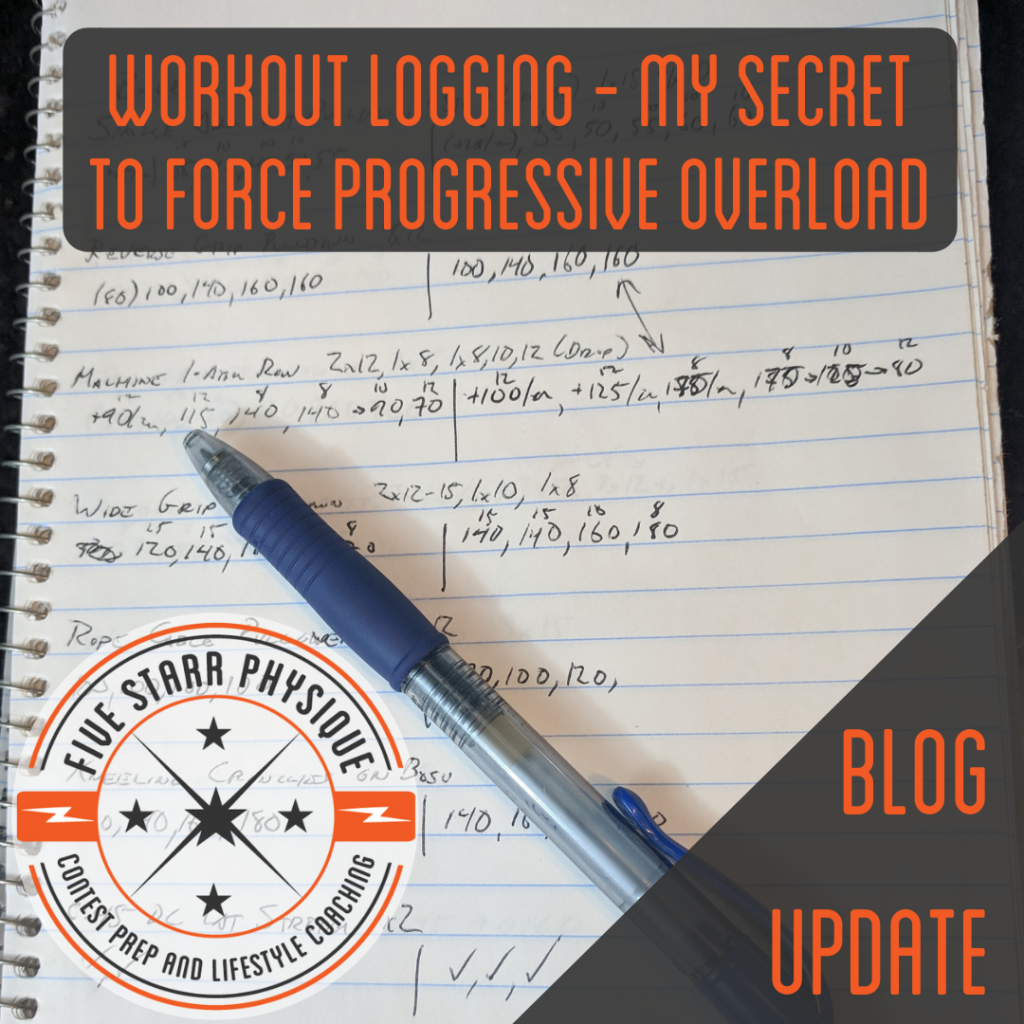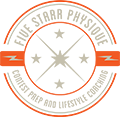
Let’s start with a quiz. It’s simple, so don’t worry. It’ll take about 3 seconds, and then I’ll call for pencils down. Ready? GO!
- Are you a human being?
- Do you like to lift?
- Do you hate hitting plateaus?
If you answered ‘yes’ to all of those questions, then you should be logging your workouts.
Logging workouts is lame, dude
Why? It’s easy! For most of us, just “working hard” isn’t enough. We tend to have workout A.D.D. and change things up far too often, maybe every single time to walk into the gym. It’s hard to gauge your ability to progress if the environment – your workouts – is completely unstable and always changing.
Unless you have a freak show of a memory, you just aren’t going to remember all the important stuff – and if you do this long enough, all the days/weeks/months/years tend to blend into each other and before you know it, you’re going to the gym to hit shoulders only to pull into the parking lot saying “wait…I did shoulders yesterday” – it happens, trust me!
When it comes to making constant, steady gains in development, the name of the game is progressive overload.
What is progressive overload?
In a nutshell this is what bodybuilding is all about – at least the development side of things (progressive overload isn’t going to directly help with your conditioning or anything).
Progressive overload is about continuously asking the body to do more than it has in the past. You force it to change, to adapt, in order to become capable of meeting the demands you place upon it. It’s a slow process, but it’s one you can take control of by controlling as many variables as you can.
The easiest of these is your workout structure – which is why I offer a series of workout plans here, so you can walk into the gym with a solid plan that you’ll follow for 4 weeks (give or take) and give your muscles a chance to get into a groove, progress, and THEN change things up before things start to get stale.
If you follow a series of workouts for several weeks, you need to force the target muscles to do just a bit more each week. When you do, that is progressive overload. You don’t need to jump by leaps and bounds, just…more.
Why logging your workouts is so important
In a given workout there are a lot of variables to track, and you simply will not remember them all.
Let’s repeat that. You will not remember them all.
Don’t kid yourself into thinking you will – so, we take notes. And we track these variables so that the next time we hit this same workout, we have a quick and convenient basis for comparison and we can force the issue a bit when it comes to progressive overload.
Bodybuilding is all about progressive overload. Consistently asking your body to do more than it has done before and more than it wants to. If you’ve read any of my previous posts or on social media, you also know I’m not a “omg bro just go heavier” kind of guy. Yes weight matters, but tension is what matters more – and so when logging we need to track more than just poundage if we’re going to try to create an accurate representation of how the workout really flowed.
What exactly are we tracking here?
There are a lot of variables to consider and unless you track and monitor those also, you can’t be sure you’re actually progressing.
So let’s look at this – a sample of my logbook from a recent leg session.

Look past the engineer’s chicken scratch
I know it can be a bit tricky to read but let’s break it down bit by bit.
Note: this is what works for me. Your ideal logging format may look VERY different from this and that’s ok. Just be sure you’re tracking everything you need to!
First up: I leave space so that I can put several weeks worth of this workout all on the same page. I do not want to play the game of thumbing back through my damn back to the last time I did this session to compare weights and notes from the last week. I leave space for 3-4 weeks worth of numbers and notes. The image above shows 2 number sets so far.
The first line
This is where I put the name of the exercise, any specific notes on tempo (like the “1/1/4/0” note for leg extensions – read more on tempo here) or specific instructions from the workout. I get my workouts from my own coach, so I write notes and directions from her on this line as well.
Note the second exercise (machine squats) – I’ve written in “3 w/u sets” (warm-ups), and then 2×10, 1×20, 1×30 – indicating 4 total working sets at 10, 10, 20, and 30 reps, with the final one being a rest/pause set (“R/P”) with a note that it’s intended to be at the same weight I just did for 20. Did I mention this workout was NOT easy? Ha!
Use your own shorthand here to make notes that you’ll understand – you’re the only one that needs to get it, but you do need to remember what the hell that note meant that you wrote for yourself last week so don’t get too cute!
The actual logging space
I have a few rules I follow in this space, just to make it easy for myself:
- Warm-up sets are noted in parentheses
- If I’m using any kind of plate loaded machine, I mark added weight with a “+45” (indicating total weight) or a “+45/ea” indicating weight per side, like on a leg press or smith machine
- I’ll use similar notation if I’m adding weight to something like an EZ-Bar, with a note about the particular bar if your gym has a few that appear to be different unloaded weights
- Supersets I will note either as separate exercises, tied together with a bracket in the left margin, or – as with the extensions and lunges here – on the same line and I just track their weights with a slash between them. The lunges are bodyweight only here so they get a check mark indicating that yes, I did actually do them. If they were weighted, I’d note the weight.
- If the rep target is a range of fluctuates, I’ll often write the number of reps hit above the weight for each set and you can see that in several spots here. If the target is “failure” I’ll make certain to note the reps hit as well.
- Write small to ensure you’ve got room to work with. Or, alternatively, use a bigger book than I do!
Subsequent weeks
Generally speaking, I do like to follow a series of workouts for 3-5 weeks, depending on how effective they feel and how quickly I’m progressing through it. A new workout is basically an entirely new set of variables – maybe I hit 245 on incline for 4 reps, but if I move that to the 3rd exercise (instead of first) and target 10 reps instead of 5, it’s a whole new game. My general strategy as I approach workouts over the course of a month:
- Pass #1: establish a baseline. Be detailed in your logging, make a lot of notes.
- Pass #2: aim for new highs and eliminate some of the lower weights that probably shouldn’t have counted as working sets the first time through.
- Pass #3: same goal as #2 – while the improvement from 1 to 2 will likely be significant, the improvement from 2 to 3 will be much smaller.
- Pass #4: handicap yourself. Make things harder while trying to still hit the same marks from pass #3. Work in isometrics during rest breaks to keep the muscle from fully recovering, making it less ready to go for the next set – if you can still match the previous target, boom – you’re still progressing.
Bring it on home
As you can see just by reading my thoughts reflecting on this particular workout from last week, there’s a lot of insight to be gained from a workout log if you A) take the time to record it, and B) take the time to study it. With all the work you put into crushing your training sessions, hitting your cardio, and all the time invested in meal plan and following a diet – take a few extra minutes to strategize for your next workout before you get there. Look at your previous performance, and establish some targets that you want to hit. Go in with the right mindset, and get it done.
